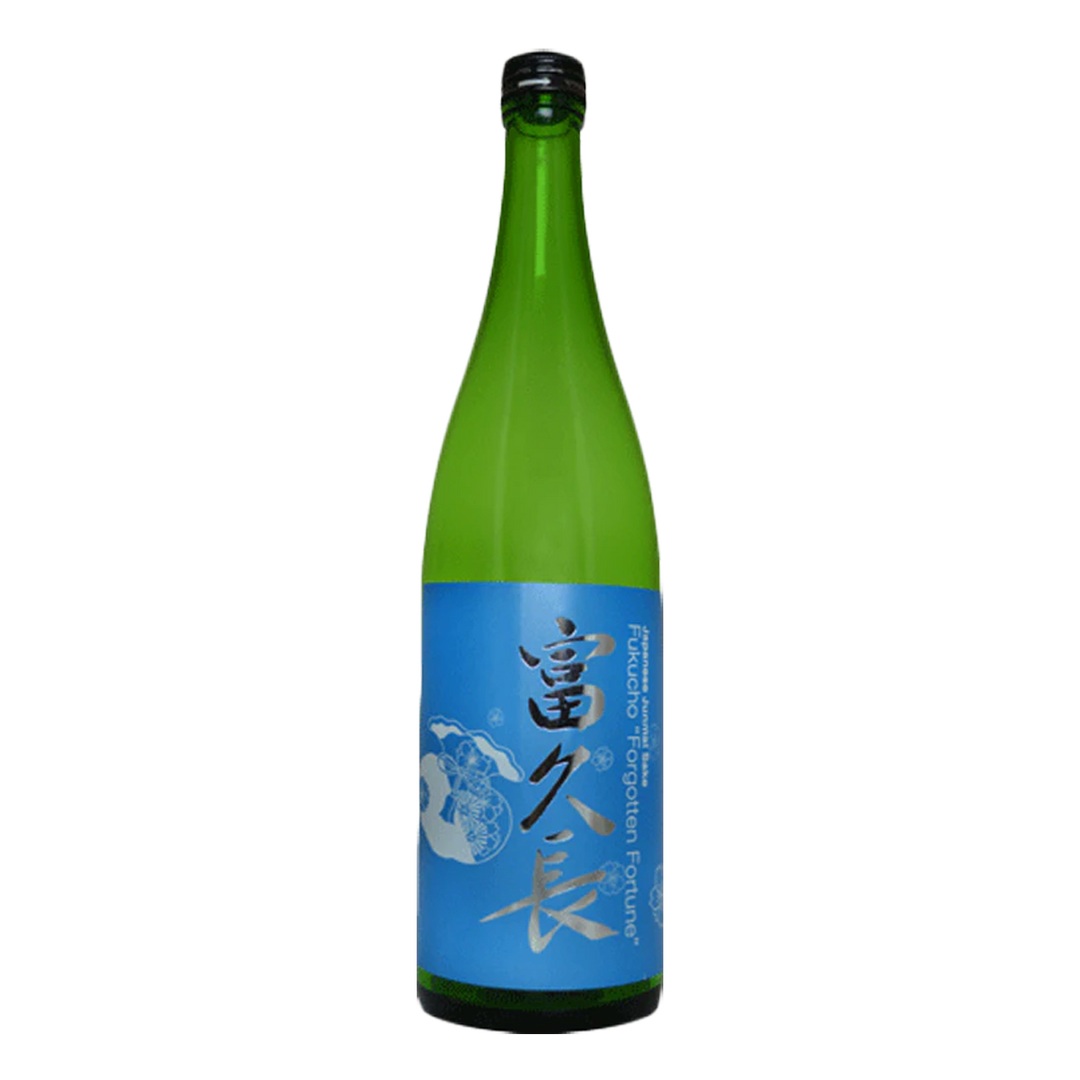
Fukucho Junmai "Forgotten Fortune"
- In stock, ready to ship
Fukucho "Forgotten Fortune"-- the US release of Miho Imada's 100% Hattanso junmaishu, is made in the lovely coastal Hiroshima city of Akitsu. Forgotten Fortune is velvety, minerally, a little salty and complex, with apple-skin astringency that fades into creamy oat-milk tones. Truth is, I associate this sake's flavor profile deeply with oats: overnight oatmeal made with almond milk, greek yogurt with granola, Scottish oats with sliced bananas...you get the idea. But on the palate this is contrasted by salty, cucumber, herbal, mineral notes. It's surprising, refreshing, and nourishing, driven by a unique compliment of texture, balance, and earthiness.
Brewery: Imada Shuzohonten, est 1868; 今田酒造本店
Location: Akitsu, Hiroshima (seaside)
Rice: Hattanso
Polish: 75%
Recommended serving temp: lightly chilled to gently warm (115F)
Fermentation starter: proprietary hybrid ko-on tooka yeast starter
Yeast: proprietary
Fukucho "Forgotten Fortune" was inspired by the story of Wataribune, where a long-lost heirloom rice variety was resurrected through the efforts and vision of one Ibaraki brewery. Fukucho's story-- starring the inimitable, tiny powerhouse toji Miho Imada-- pursues the long-lost variety Hattanso, which was abandoned by brewers and farmers for nearly a century.
What makes Hattanso unique is that it's an heirloom rice: an original genetic strain that arose naturally in the wild, which was noticed, appreciated, and named by local farmers. Being an heirloom is unusual for sake rice, the vast majority of which is bred by researchers and is several generations removed from wild genetic material. For now I'm not going to go too deep into the story, but it really is a lovely story with a lovely ending.
The ending, of course, is the sake itself: Fukucho "Forgotten Fortune"-- the US release of a 100% Hattanso, Junmai-grade sake, made in the lovely coastal Hiroshima city of Akitsu by Miho Imada at Imada Shuzo, a teeny tiny operation. It's crisp, mineral, earthy, and complex, with an apple-skin astringency that fades quickly into a creamy, but still earthy, oat-milk mood. Actually, my aromatic notes have everything to do with oats: overnight oats made with almond milk, greek yogurt with oat granola, scottish oatmeal with sliced bananas. You get the idea. But on the palate it's also a little salty, cucumber, herbal, mineral. It's surprising, refreshing, and nourishing. It's driven by texture, balance, and earthiness.
Miho herself likes this sake with bitter vegetables and I couldn't agree more. Anything earthy and vegetal, this sake will do wonders to bring out its best qualities. It's also made in a seaside town in a region that produces the most oysters in Japan, so I think that would be a pretty appropriate pairing as well. Larger, meatier oysters with ponzu, grated daikon, and green onion!

